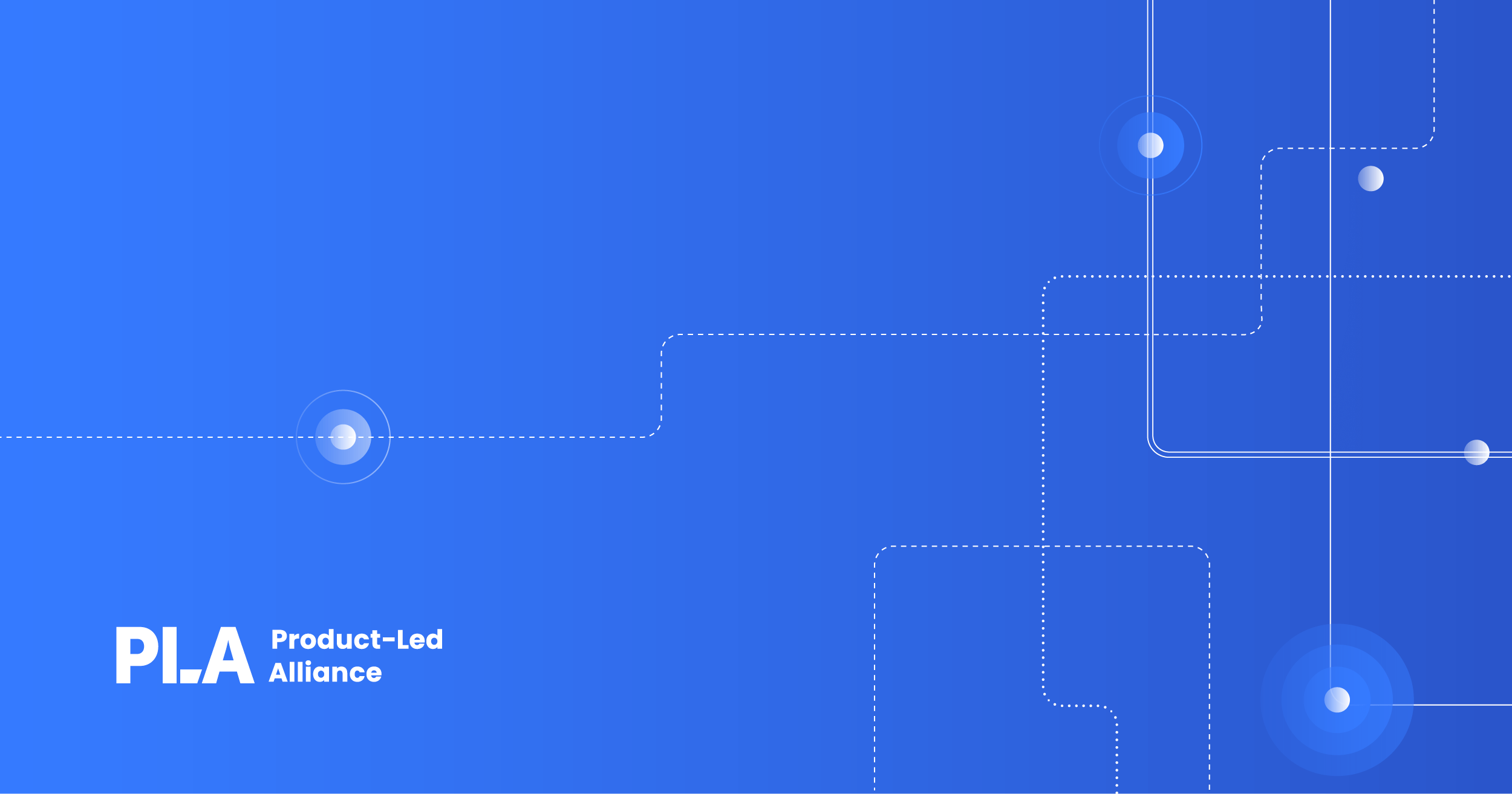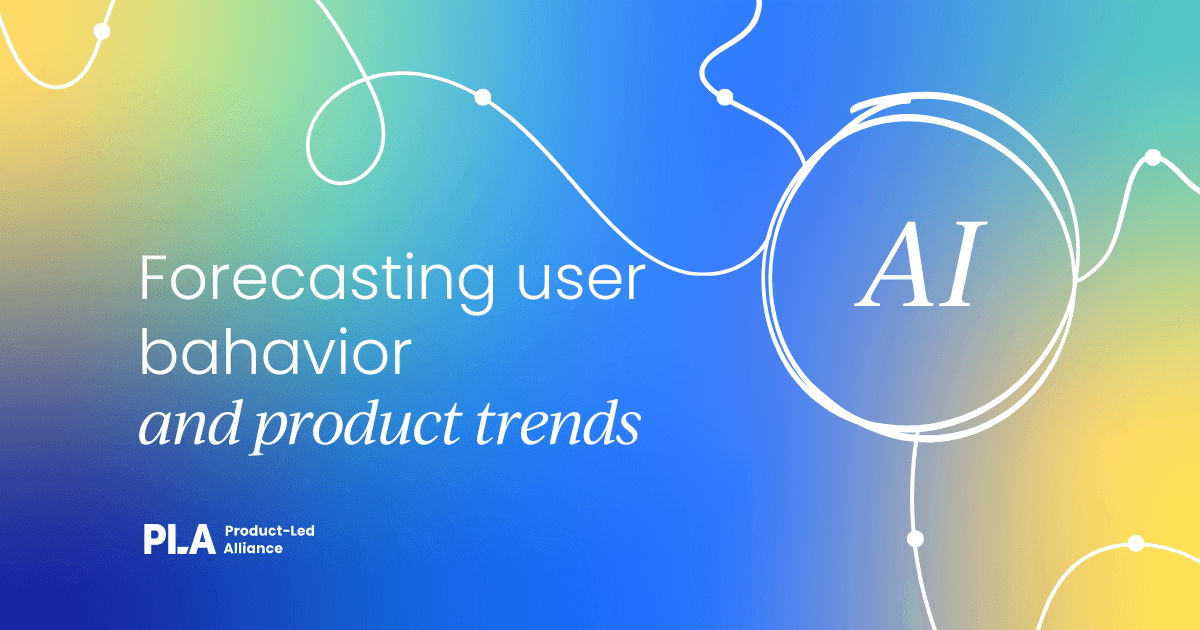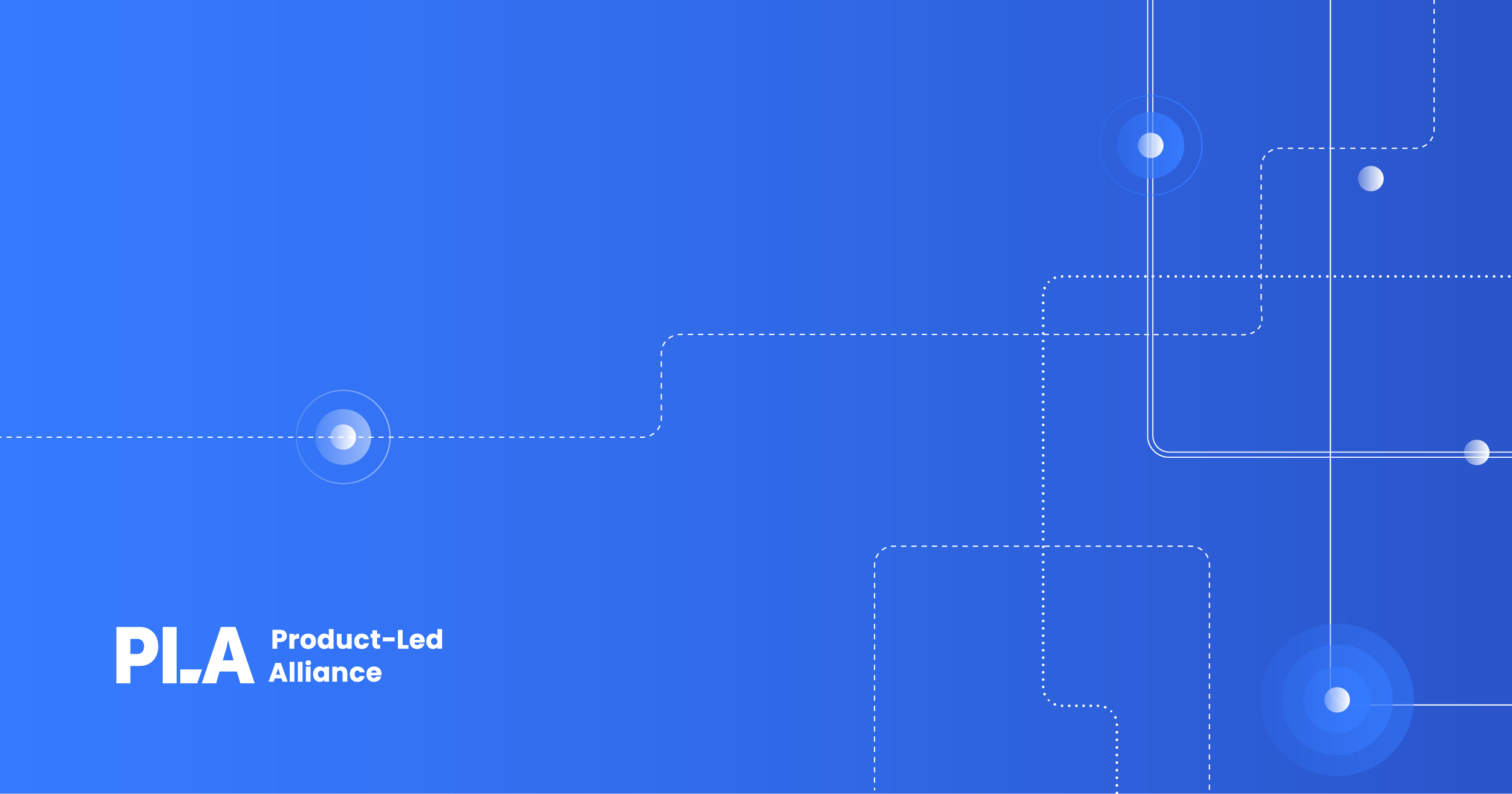The race towards artificial intelligence (AI) dominance is more fervent than ever. At the same time, businesses are increasingly embracing product-led growth (PLG) strategies to drive user adoption and revenue growth. But when they join forces, they become unstoppable. Let's delve into the dynamics of the AI race and its profound implications for product-led growth.
Understanding the AI race in PLG
The AI race refers to the global competition among nations, corporations, and researchers to achieve breakthroughs in artificial intelligence research and development. With billions of dollars invested annually and top talent fiercely sought after, the stakes are undeniably high. The primary goal? To push the boundaries of AI capabilities and unlock its full potential across various industries.
When it comes to AI, it's about getting there first and getting there better with your end results. Businesses are sprinting to develop smarter algorithms, crunch bigger datasets, and build more intuitive systems. The stakes are sky-high because being ahead in the AI game means unlocking new realms of efficiency, productivity, and customer satisfaction.
Companies are pouring resources into research, snapping up top talent, and striking strategic partnerships to gain an edge. In this race, the winners aren't just the ones with the flashiest technology; they're the ones who can translate AI prowess into real-world impact, leaving their rivals eating their digital dust.

AI superpowers
Leading the charge in the AI race are the so-called AI superpowers: the United States, China, and, increasingly, other nations vying for prominence in the AI landscape. These entities leverage vast resources, talent pools, and strategic initiatives to gain a competitive edge in AI research, innovation, and deployment.
However, the pursuit of AI supremacy is not without its ethical considerations. Concerns regarding data privacy, algorithmic bias, and the societal impact of AI continue to shape the discourse surrounding AI development. As such, striking a balance between technological advancement and ethical responsibility remains a paramount concern.
Impact of AI on product-led growth
In product-led growth, AI serves as a catalyst for innovation, efficiency, and scalability. By harnessing the power of AI-driven insights and automation, companies can enhance their product experiences, optimize user journeys, and drive sustainable growth.
Personalization at scale
One of the key advantages of integrating AI into PLG strategies is the ability to deliver personalized experiences at scale. Through sophisticated algorithms and machine learning models, companies can analyze user behavior, preferences, and feedback to tailor product experiences in real-time.
Predictive analytics
Moreover, AI enables predictive analytics capabilities that empower businesses to anticipate user needs and proactively address them. By leveraging historical data and user patterns, companies can identify trends, forecast demand, and optimize their product offerings to stay ahead of the curve.

Benefits of AI in PLG
The integration of AI in product-led growth initiatives yields a myriad of benefits for businesses and consumers alike.
Enhanced user engagement: AI-powered features such as intelligent recommendations, conversational interfaces, and proactive support mechanisms foster deeper levels of user engagement and satisfaction.
Iterative improvement: Furthermore, AI facilitates iterative improvement by enabling rapid experimentation, A/B testing, and data-driven iteration cycles. This iterative approach empowers companies to continuously refine their products based on user feedback and market dynamics.
Challenges and considerations
Despite its transformative potential, AI-driven product-led growth is not without its challenges and considerations.
Data privacy and security: The collection, storage, and utilization of user data raise significant concerns regarding data privacy and security. Companies must prioritize robust data protection measures and adhere to regulatory requirements to safeguard user trust and mitigate risks.
Algorithmic transparency: The opacity of AI algorithms poses challenges in terms of accountability and transparency. As AI systems make increasingly consequential decisions, ensuring algorithmic transparency and explainability becomes imperative to maintain trust and mitigate bias.

Case studies
Numerous companies have embraced AI-driven product-led growth with remarkable success.
Netflix
Netflix's AI-driven product-led growth is exemplified by its sophisticated recommendation engine. By harnessing AI algorithms, Netflix analyzes vast amounts of user data, including viewing habits and preferences
This analysis enables Netflix to deliver hyper-personalized content recommendations tailored to each user's unique tastes and interests. As a result, users experience enhanced satisfaction and engagement with the platform, leading to increased retention rates and recurring subscriptions.
Netflix's strategic integration of AI technology not only optimizes the user experience but also fuels organic growth through word-of-mouth recommendations, solidifying its position as a leader in the streaming industry.
Salesforce
Salesforce's adoption of AI for product-led growth revolves around empowering sales teams with cutting-edge predictive analytics and actionable insights. Through AI-driven algorithms, Salesforce analyzes vast datasets to uncover valuable patterns and trends. This wealth of insights enables sales professionals to make informed decisions, prioritize leads effectively, and personalize interactions with customers.
By leveraging AI-powered recommendations, Salesforce enhances the efficiency and effectiveness of its CRM platform, enabling organizations to nurture stronger relationships with their customer base. This strategic integration of AI technology not only drives sales performance but also fosters customer loyalty and satisfaction, solidifying Salesforce's position as a leader in cloud-based CRM solutions.
Best practices for AI-driven PLG
To harness the full potential of AI in product-led growth, companies should adhere to best practices and strategic principles.
- Cross-functional collaboration
Effective implementation of AI-driven PLG requires cross-functional collaboration across product, engineering, data science, and customer success teams to align objectives, prioritize initiatives, and drive cohesive execution.
- Continuous learning and adaptation
Given the dynamic nature of the AI race, companies must foster a culture of continuous learning, experimentation, and adaptation to stay ahead of the curve and capitalize on emerging opportunities.
- Future trends and predictions
Looking ahead, the convergence of AI and product-led growth is poised to reshape industries, redefine business models, and revolutionize user experiences.
- Hyper-personalization
The proliferation of AI technologies will enable hyper-personalized product experiences tailored to individual preferences, behaviors, and contexts, driving higher levels of user engagement and loyalty.
- Augmented intelligence
Augmented intelligence, which combines human expertise with AI capabilities, will empower organizations to unlock new insights, automate mundane tasks, and focus human talent on higher-value activities.
Conclusion
The intersection of the AI race and product-led growth represents a nexus of innovation, opportunity, and complexity. As businesses navigate this race, embracing AI-driven strategies and principles of product-led growth will be critical to driving sustainable growth, fostering customer-centricity, and staying ahead of the competition.
FAQs
- What role does AI play in product-led growth strategies?
AI enables personalized experiences, predictive analytics, and iterative improvement, enhancing user engagement and driving sustainable growth in product-led initiatives.
- How can companies address ethical considerations in AI-driven PLG?
Companies should prioritize transparency, accountability, and data privacy measures to mitigate ethical concerns and build trust with users.
- What are some examples of AI-driven product-led growth success stories?
Netflix's recommendation engine and Salesforce's AI-powered CRM platform are notable examples of companies leveraging AI to drive product-led growth.
- What are the key challenges associated with AI-driven PLG?
Data privacy, algorithmic bias, and algorithmic transparency are among the key challenges companies face in implementing AI-driven product-led growth strategies.
Want all things AI? There's more where that came from...
Jump into the AI hub page to get all your ins and outs and the tech landscape. With up-to-date information, it's time to make the robots your best friend so your products can soar.




 Follow us on LinkedIn
Follow us on LinkedIn







